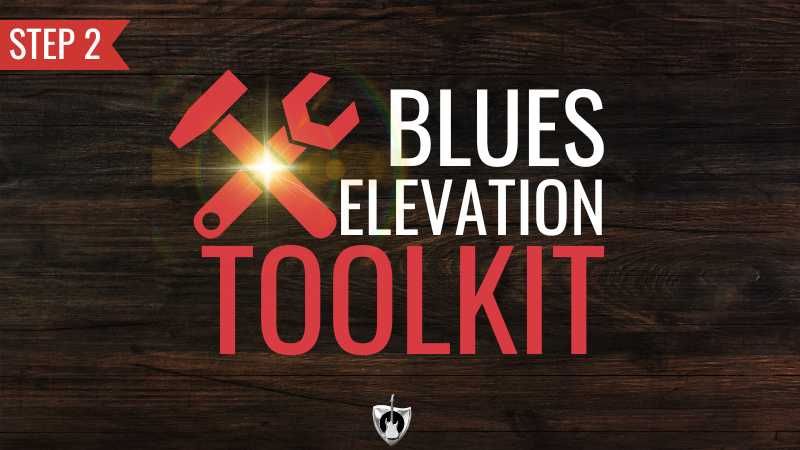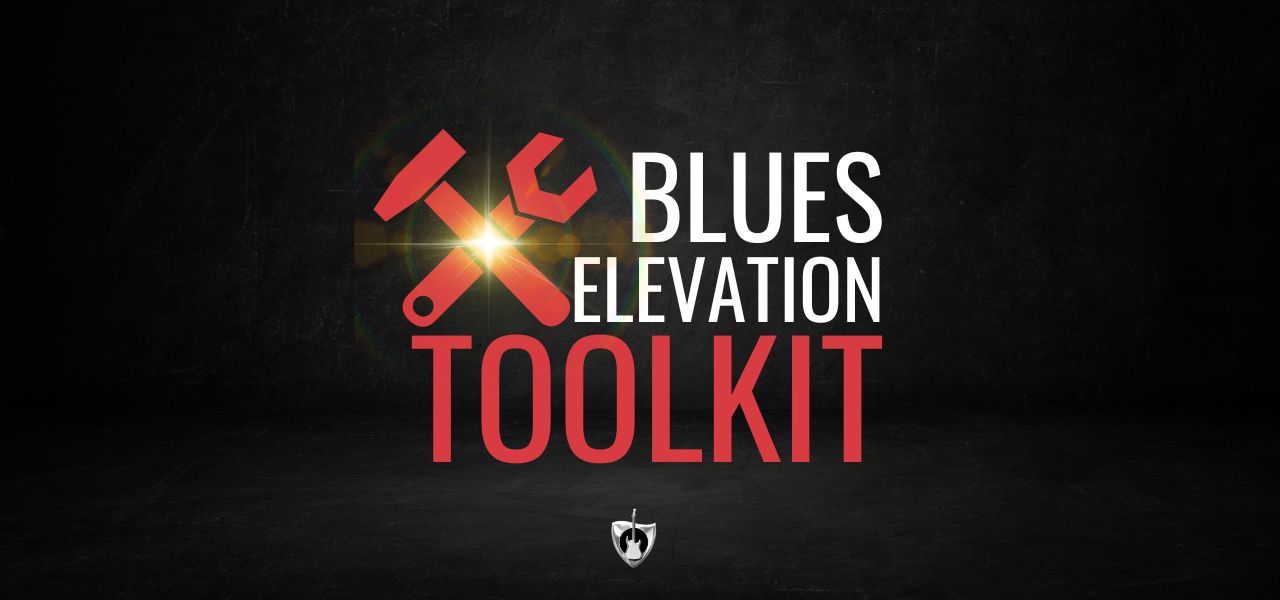How Do You Build a Guitar Solo? - 060

Today I share my five-part plan to build great guitar solos… every time! If you’ve ever struggled to come up with a good sounding solo, this one is for you!
Whether you’ve got a new gig as a lead guitar player, you’ve been asked to record a solo on someone’s project, or you are working on your own music, being able to build a great guitar lead is a necessary skill. Unfortunately, It’s a skill that a lot of guitarists have a big problem with. In this lesson, I’m going to go over the five steps that will help you make better solos…every time!
The five steps are:
- Start with the art
- Get your basics together
- Decide your method
- Get to work
- The final product
1. Start with the art
“Know what you want to say, ahead of time.”
This is by far the most important part of everything you see today.
Everything else we are going to work on supports this important first step.
By having a clear idea of what you want your solo to sound like and the impact it has on the listener, up front, you are setting your self up for success and saving a ton of time.
In your notebook (or whatever you use to keep notes), Write down a few sentences that give a basic understanding of what you want your solo to sound like.
This doesn’t have to be complicated either. It could be:
- The emotion you want to get across
- Or, that you want the solo to be a contrast to the rest of the song
- Or, you want the solo to take the song up to another level
You need a plan and a focus for your solo and these few sentences should set the tone for everything that comes next.
This is especially helpful to “career beginners.” A lot of the time, these type of guitar students feel like they are just running scales up and down when they are trying to come up with a lead line.
That’s what happens when you attempt this without a plan. You are trying to say something, but you aren’t exactly sure what you want to say.
Without an idea of what you want to say with your solo, it’s like trying to form sentences with random words.
2. Get your basics together
Now that you have a good basic idea of what you want, find and write down the key of the song and the chord progression.
Next, take a minute and analyze the chord progression to see what you are in for. Make sure to mark down any chords that need special attention (go outside the key or have extensions that can be emphasized.)
Now, take a listen to the melody of the song and the basic rhythm. Is there anything in these that stands out to you? Is there anything special here that you could use in your solo?
Finally, find the main scales that you will use to build your solo. If you are not sure, try playing your big four scales over your chord progression in the key that we found earlier. Take a listen and see which ones match the best.
3. Decide your method
Building a solo is commonly done by jamming over a chord progression until something that catches the player’s ear happens. But that isn’t the only way.
Writing out a solo
(composing it), can be a great way to go for a lot of reasons:
- It keeps a great log of your choices.
- It takes memory out of the picture.
- You get a great visual representation of your solo
- It’s easier to see what you need to focus on
- You can get ideas that normally wouldn’t come from just jamming alone
- It can help you come at it from a different direction when you are stuck
My favorite way to build my guitar solos is by using Guitar Pro. Guitar Pro is software that takes standard notation and tablature editor and combines them with a playback engine so you can see and hear your composition as you work on it. I use it for learning new songs, sharing ideas, teaching, and keeping a record of musical pieces I’m working on.
Click here to learn more about Guitar Pro.
(This page contains affiliate links that add no cost to you, but give me a small commission that help keep the blog and podcast going.
Jamming
As a player that has been improvising for a long time, getting ideas on the spot can feel great, but listening back always reveals that more structure wins the day. While I come up with my best ideas by jamming over chord progressions, they usually need to be arranged better to fit the song.
A great way to document and arrange these ideas is to play into a computer based, multi-track recorder (Digital Audio Workstation).
When your solos are recorded in the program, it is super easy to move things around and substitute different licks from different tracks to make the best of your solos.
A great way to get started with computer based guitar recording is by getting the Presonus Audiobox USB Interface.
This super affordable, great sounding recording interface, gives you 2 microphone/instrument inputs, phantom power, zero latency monitoring and a free DAW (Studio One 3 Artist).
4. Get to work
Now that we have our basics together and made some important decisions, It’s time to build that solo.
Get your chosen method of documenting your solo out and ready:
- Standard notation, Tablature, or just regular notebook paper.
- Guitar pro
- Portable recorder
- Recording software
Next start to rough out your ideas
Start to play over your background chords and come up with ideas, always keeping in mind your artistic choices from part 1
Document your work
Make decisions about the:
- Contour
- Dynamics
- Rhythm
- Note range
- development of different themes
- Structure
Work on the solo’s structure by trying different ideas in different parts of the song. And always remember that there is a reason that you are playing this solo. It has an important function.
It’s not just to show off. The song needs this solo to keep the listeners interest, and that’s your job.
Make your rough draft
Finally, commit your decisions to a rough draft. It could be with notation or as a recording. Either way works just as well. We aren’t worrying about tone,eq, or compression at this point. Just the basic idea.
A great tip to help make sure you are happy with your rough draft is to sleep on it. Put it away for the night and listen to it the next day with a fresh set of ears. See how it sounds to you and see if it stands up to other songs in similar styles. Then make any adjustments necessary before….
5. The final product
Now we have all of our ideas down, it’s time to put them to use.
If you are recording, you have all of the right melodies and licks in the right places. Once you get your tone together, you are golden!
But sometimes, you build a solo just to play live. It’s a good idea to make a decision ahead of time if you are going to stick to the solo exactly or deviate from the plan.
Live solos tend to change over time and this can be a wonderful progression. What parts of your solo are non-negotiation. What parts have to be in the song, and what parts can you open up to improvisation. When you add some improv in just the right places, it can add excitement for the player and the listener.
In Summary
Today, I presented my five part plan to build great guitar solos. I covered:
- Start with the art
- Get your basics together
- Decide your method
- Get to work
- The final product
My question for you is:
How do you build guitar solos?
Does it just come naturally or is this something that you have to work at?
We would all love to hear about your method for building guitar solos. Please leave your feedback in the comment section below!
GET FREE WEEKLY GUITAR LESSONS, PODCASTS, AND MOTIVATION DELIVERED TO YOUR INBOX.
Your information is kept safe. It's never shared with third parties.




